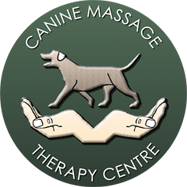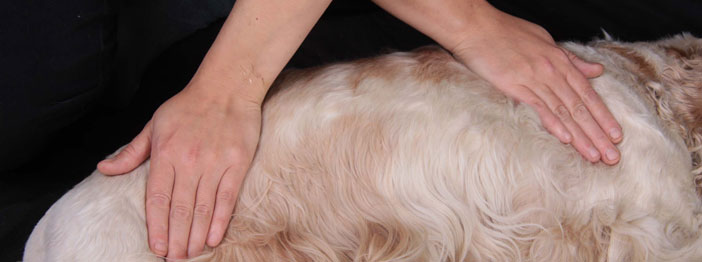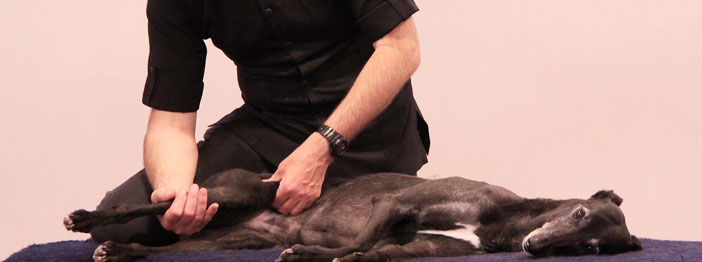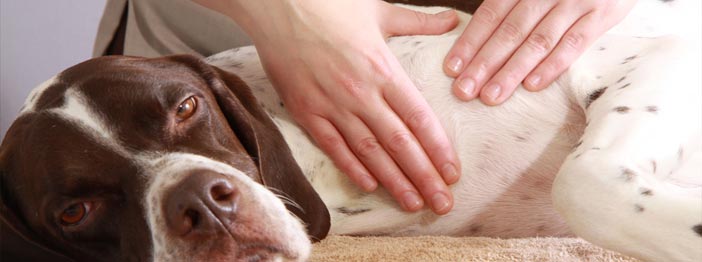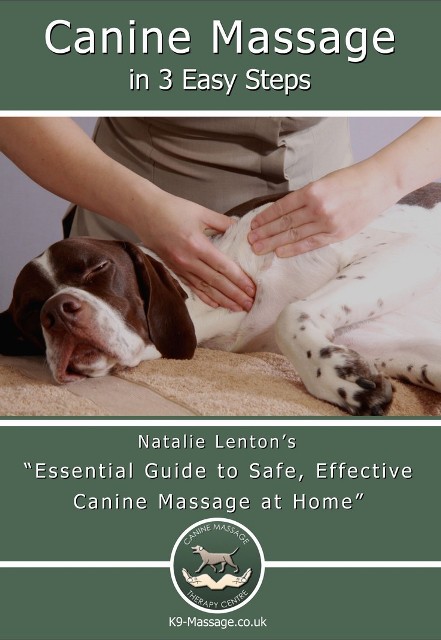Clinical Canine Massage Therapy as used by our graduates involves the direct and skilled manipulation of the muscles and fascia along with a real hands-on working knowledge of the muscular system including fibre direction, muscle isolation, the use of origins, insertions and actions in addition to palpation skills for tissue assessment.
The muscles pull on the bones to produce movement, without muscle there is no movement so its no wonder that clinical canine massage works so well.
Some Of The Benefits Of Canine Massage Therapy:
– Resolves or reduces lameness
– Pain management for orthopaedic conditions by targeting areas of protective muscular splinting
– Directly addresses the muscular issue rather than masks it
– The ability to go on longer walks/enjoying walks again
– An excellent therapy for non steroidal anti inflammatory drugs (NSAID) intolerant dogs
– Improved performance e.g. agility – no pole knocking/improved jumping/contacts
– More sprightly
– Return to normal activities e.g. up/down stairs, in/out of car
– Improved temperament
– Better movement, gait and posture
– More sociable with dogs/humans
– Addresses the whole body and patterns of overcompensation, not just one limb or the back
– Assesses and addresses the dog as an individual and each massage is bespoke to their individual needs
– Resolves or reduces soreness/stiffness
– Reduces anxiety by decreasing sympathetic levels (stress) and inducing a parasympathetic response (relaxation)
– A younger more active dog
– A dog who is engaging confidently with their surroundings again
– No dangerous equipment used e.g. wobble cushions/balance balls
– Addresses muscular imbalances
– Rehabilitates muscular injury e.g. strain
– Resolves or decreases sympathetic activity associated with trigger points and myofascial pain
– Improved proprioception through myofascial release work and targeted sports massage. These techniques actively address dysfunctional areas by directly manipulating the full muscle from origin to insertion to stimulate the Golgi tendon organ and muscle spindles (held in tendon and muscle respectively) which provide information on position, tension, movement and force in the body.
– Reduces irritation to sensory nerve endings found in fascia resulting in a dog more willing to be groomed/examined/petted
-Provides a good hands on check for all dogs
